In reflecting on the year and thinking ahead to next year, I’ve thought about the many ways we support each other in the community. My heart is full when I think of how much we care about each other and the many ways we show it. Even as we continue to work through this tough pandemic time, we are finding new and innovative ways of connecting and supporting one another.
Thank you to every one of my cohousing neighbors. I am happy to have enjoyed another year here with you and am looking forward to more. Here is a list of many small kindnesses I’ve experienced this year in no particular order. (And there are probably many others I forgot to list.) I am grateful to each of you, and I’m very grateful to be a part of this community!
- Helping carry groceries from the parking lot to my unit
- Picking up groceries for me while you were out
- Giving me a ride to or from an appointment
- Taking care of my pet
- Trusting me and my kids to take care of your pet
- Handy-person help and troubleshooting
- Going for walks or hikes
- Babysitting my kids
- Playing board games
- Sharing a meal together
- Watching a movie together
- Letting me borrow a book, appliance, clothing, etc
- Giving me a book recommendation
- Taking books back to the library to save me a trip
- Sewing something for me, and letting me use your sewing machine
- Really listening when I am pouring my heart out
- Remembering my birthday and sending a greeting
- Bringing your ideas and fully participating at meetings
- Keeping the common spaces clean and safe by mowing, sweeping, shoveling and sanding
- Telling jokes
- Making coffee
- Keeping the community updated when something has happened to another neighbor
- Checking in with each other and empty houses during extreme heat and cold snaps
- Walking with my kids to the school bus stop
- Decorating for holiday celebrations
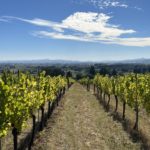
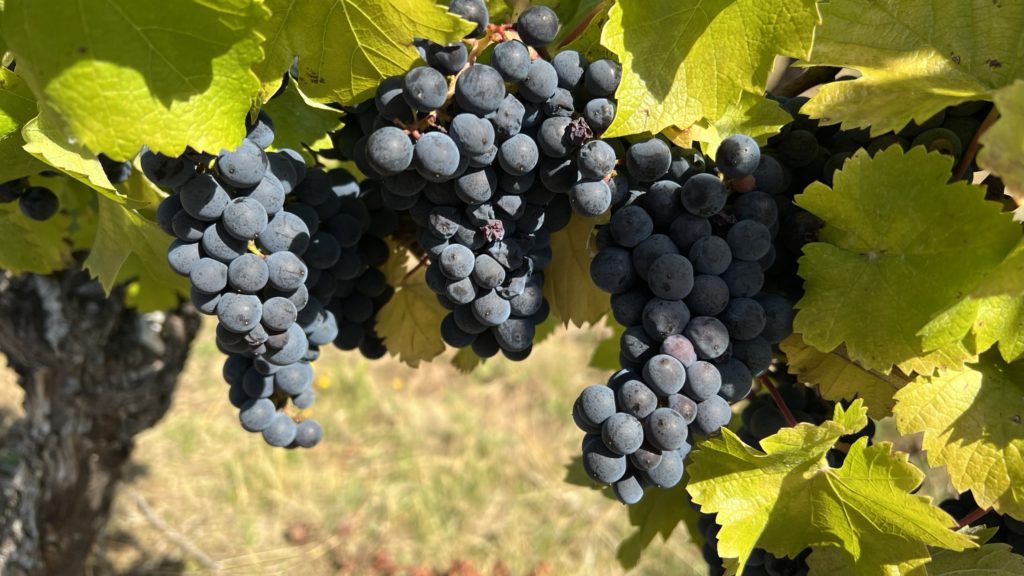
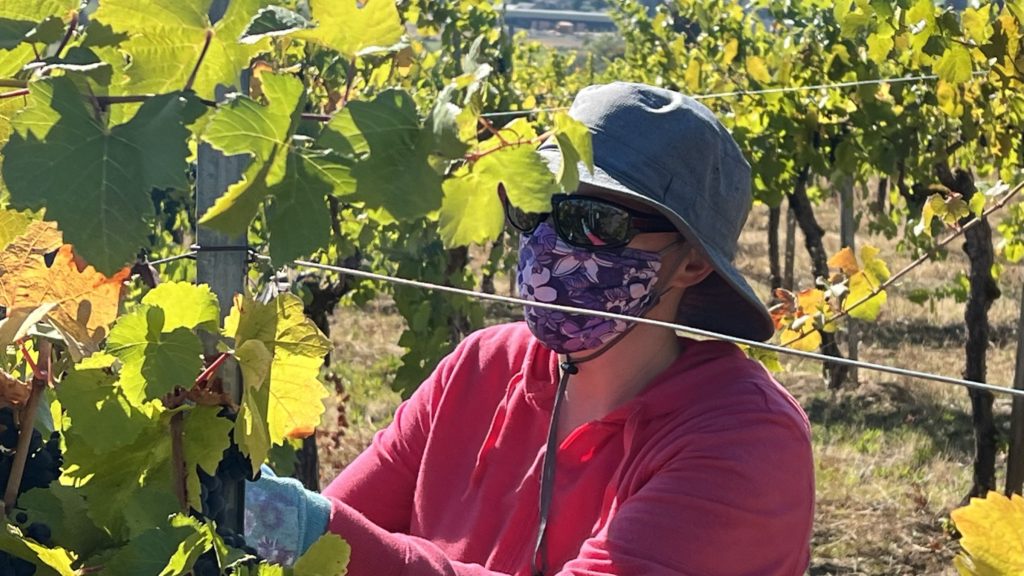
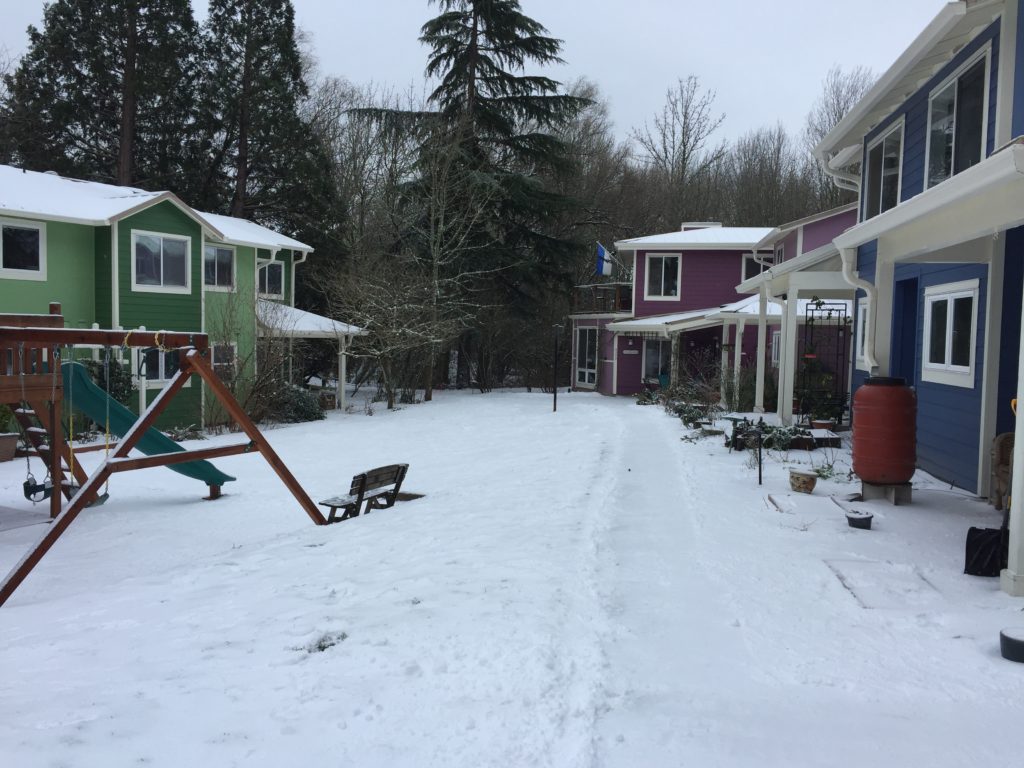


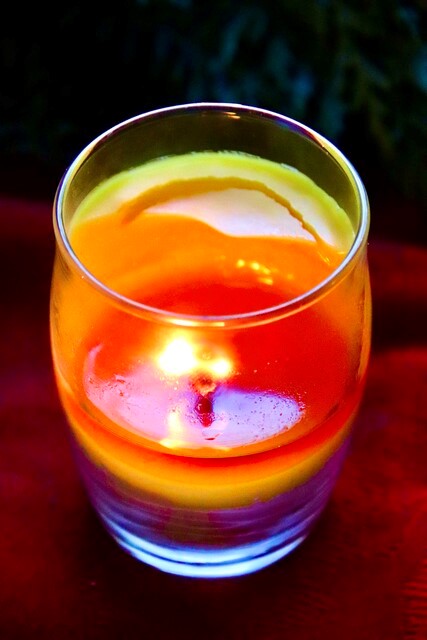
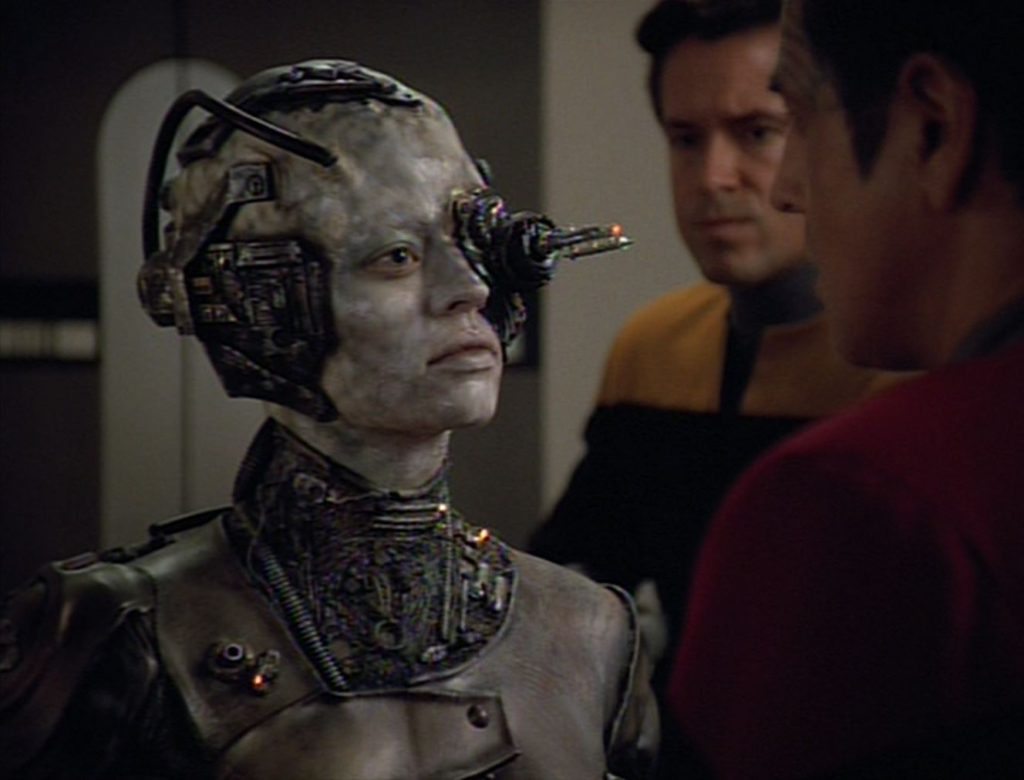
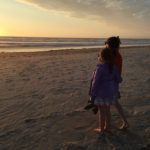
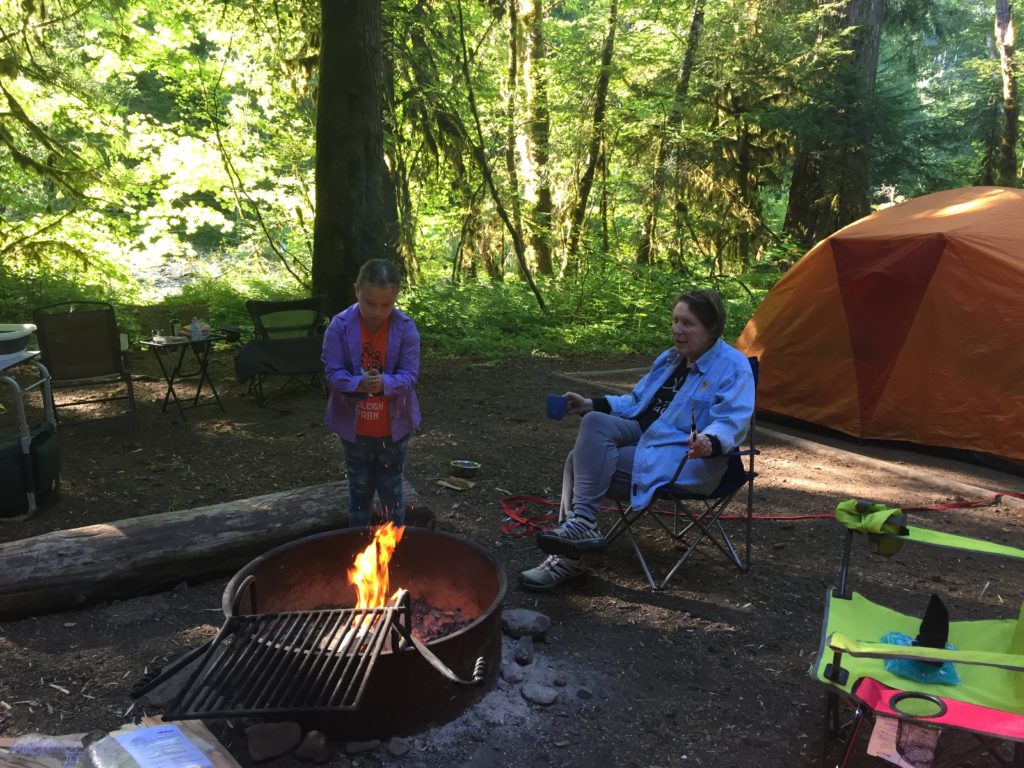

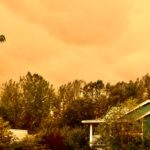
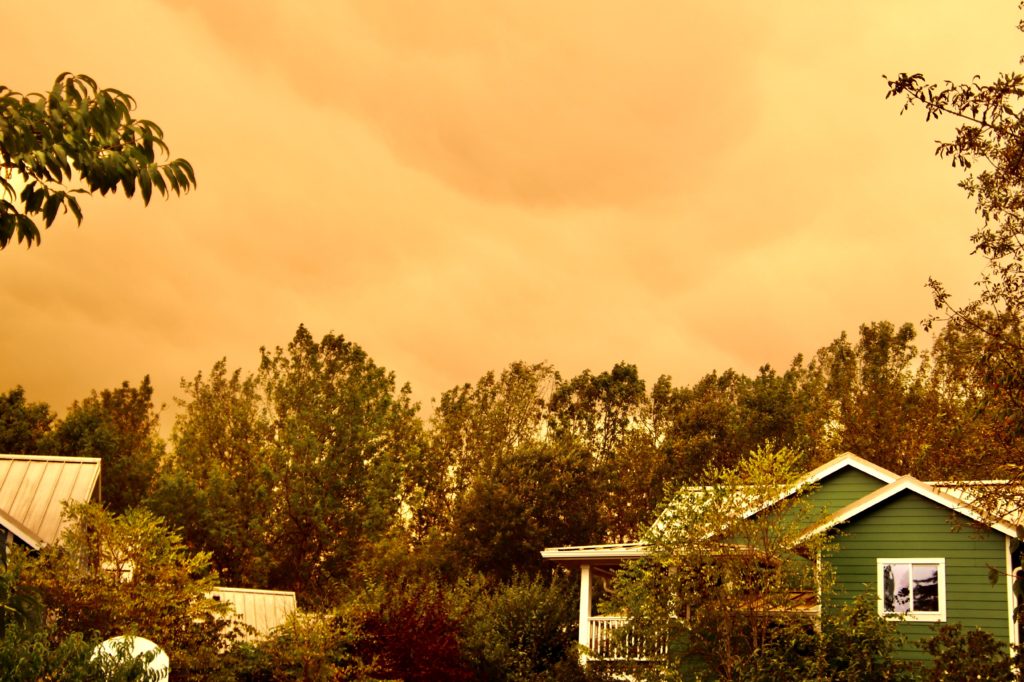


Recent Comments